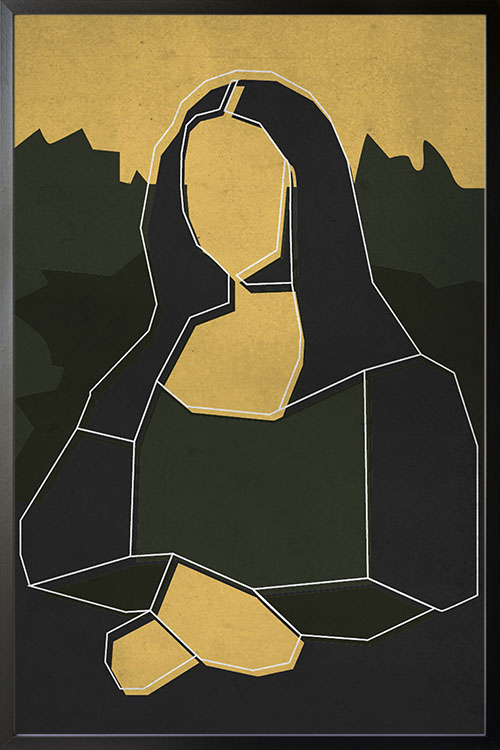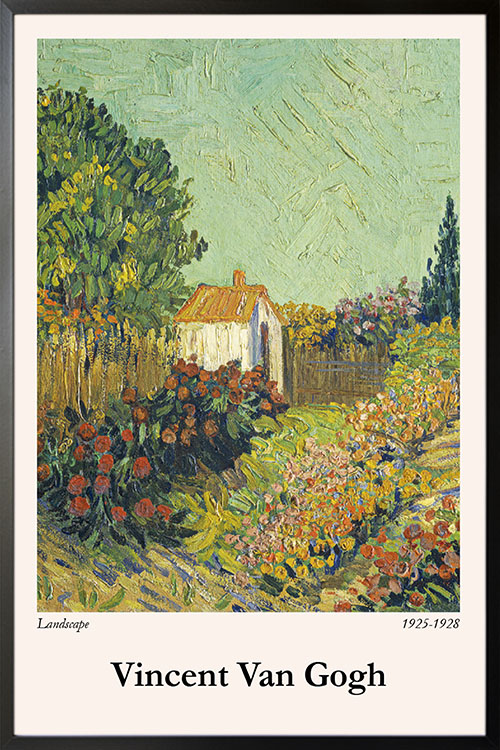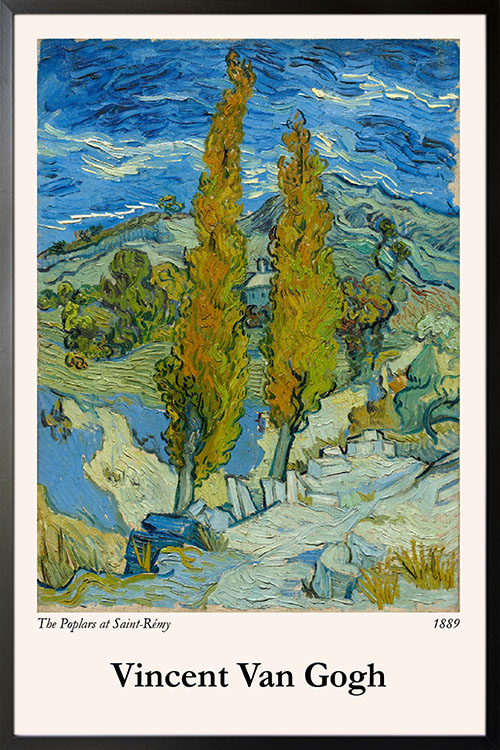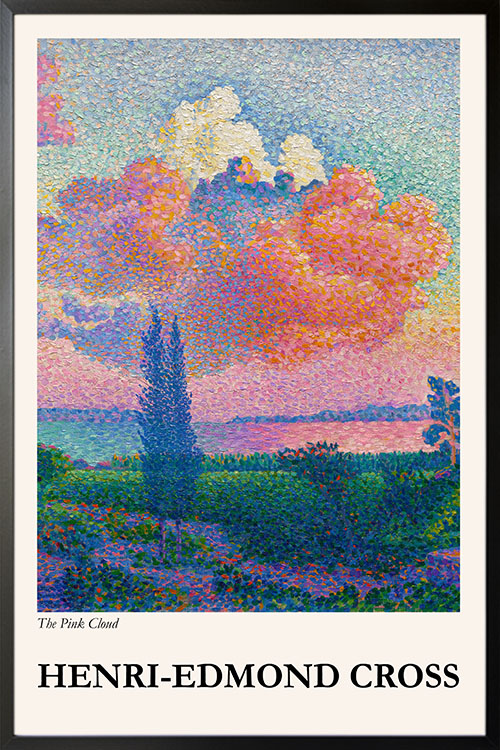
Jeepneys are public transport that is unique to the Philippines. Just like the jeepneys that we know today, they also have a colorful history that can be traced back to the American occupation. Since then, Philippine jeepneys has become a reflection of Filipinos being resilient, innovative, and optimistic.

A vibrant poster design that will add life to your homes. The display of this art will simply show your love for your country. With cool colors, your homes will have a wonderful wall decor that will surely be adored by its viewers. Personalize your poster by sending your own quotes or sayings. Try it now!

A vibrant poster design that will add life to your home. The display of this art will simply show your love for your country. With cool colors, your home will have wonderful wall decor that will surely be adored by its viewers. Personalize your poster by sending your own quotes or sayings. Try it now!

Mahal kita or I love you. Simple yet powerful words that are understood in different dialects. Whatever region you come from, you will surely have your own words to describe how you feel. A colorful and lively way to decorate your walls. Personalize your poster by sending your own quotes or sayings. Try it now!

The Philippine flag in an interesting design. With the color white that symbolizes liberty, equality, and fraternity. The blue color represents peace, truth, and justice. While the red is for patriotism and valor. A cool poster design that will truly bring the Filipino spirit to your homes. Personalize your poster by sending your own quotes or sayings. Try it now!

The Philippines is known for various natural wonders. Examples are the underground river, rice terraces, and Mayon volcano. The country is also home of some breathtaking diving spots, productive biodiversity, colorful public transportation, tasty cuisine, adrenaline pumping festivals, and many others. Personalize your poster by sending your own quotes or sayings. Try it now!

A popular painting of Leonardo Da Vinci in geometric shapes and neutral colors. Beautiful as it is with the original Mona Lisa painting by the master. Make your wall look extraordinary with an adaptation of the historic art. A remarkable art that will look great with any color of your wall.

An impressive work of Vincent van Gogh that features a house in the middle of a garden. Created in fantastic blends of colors with unique and remarkable style, this art will make any room look great.

An exceptional painting by Vincent van Gogh of two poplars during Autumn while interned at an asylum near Saint-Remy in southern France. This painting shows the power of his style featuring the color combinations and unique brushstrokes.

A cool piece of art created by Henri-Edmond Cross. It shows the beauty of nature in a captivating view. With soft hues and cool colors, your room will have a refreshing vibe that many will love.














